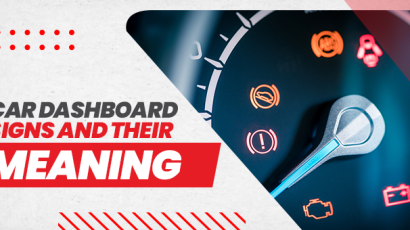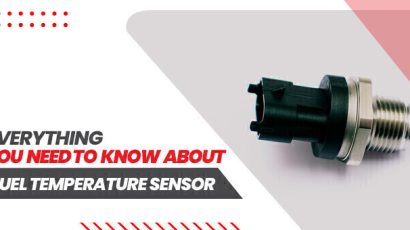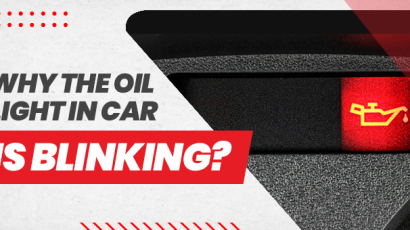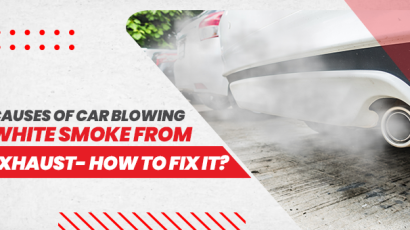
Cruising down the road with your Honda can be fun. But a sudden illumination of the “Check Emission System” light can throw a wrench into that smooth ride. Fear not, fellow Honda enthusiasts! This comprehensive guide delves into the intricacies of emission system problems in Hondas, empowering you to understand the warning signs, pinpoint potential culprits, and get your car back on track.
Understanding Your Honda’s Emission System:
Modern Hondas, like the Accord, CR-V, and Pilot, are equipped with sophisticated emission systems. These systems are essential for reducing the amount of dangerous pollutants that your car’s exhaust emits. They achieve this by meticulously controlling the air-fuel mixture and filtering out toxic emissions before they escape into the atmosphere.
The emission system comprises several key components working in harmony:
Oxygen Sensors (O2 Sensors): These sensors continuously track the amount of oxygen in the exhaust stream. The engine computer receives this data and modifies the air-fuel combination for maximum combustion efficiency and lower emissions.
Catalytic Converter: This crucial component acts like an emission-control furnace. Once exhaust gases enter the converter, hazardous pollutants, including carbon monoxide, nitrogen oxides, and hydrocarbons, are chemically changed into less dangerous compounds.
Evaporative Emission Control System (EVAP): Still, this method keeps gasoline vapors out of the air. These vapors are drawn in, stored in a charcoal canister, and then released back into the engine as required.
When Your Honda Says “Check Emission System”:
The “Check Engine Light” on your Honda dashboard, accompanied by a “Check Emission System” message, indicates a potential problem within the emission control network. This light serves as a crucial warning, prompting you to address the issue to maintain optimal engine performance and environmental responsibility.
Common Causes of Emission System Problems in Hondas:
While the “Check Emission System” light might seem like a looming storm cloud, the culprit behind it can often be a relatively simple fix. Here’s a breakdown of the most common causes:
Loose or Faulty Gas Cap: As minor as it may appear, an improperly tightened or loose gas cap might prevent the EVAP system from maintaining the appropriate pressure. This triggers the “Check Emission System” light. Ensure your gas cap clicks shut securely after every refill.
Faulty Oxygen Sensor: As previously stated, O2 sensors play an important role in controlling the air-fuel combination. A faulty sensor might give incorrect signals to the engine computer, resulting in inefficient combustion and excessive emissions. This, in turn, activates the warning light.
Clogged or Failing Catalytic Converter: It is possible for deposits from the exhaust to block the catalytic converter over time. This restricts exhaust flow and hinders the converter’s ability to clean emissions effectively. A failing converter will trip the “Check Emission System” light.
EVAP System Issues: Further, leaks within the EVAP system can prevent it from functioning correctly. This can be caused by a faulty canister, purge valve, or cracked hoses. As a result, a malfunctioning EVAP system allows harmful fuel vapors to escape, prompting the warning light.
Spark Plug or Ignition Coil Problems: Faulty spark plugs or a malfunctioning ignition coil can hinder proper fuel combustion. As a result, there is incomplete burning of fuel, leading to increased emissions and the illumination of the “Check Emission System” light.
Diagnosing the Emission System Problem:
A diagnostic scan is essential to pinpoint the exact cause of the emission system problem in your Honda. This involves connecting a scan tool (OBD-II scanner) to your car’s diagnostic port. The scanner retrieves trouble codes stored by the engine computer, providing valuable clues about the malfunctioning component.
Here’s what you can do:
Visit a Certified Honda Mechanic: They possess the expertise and specialized tools to diagnose the problem accurately and efficiently.
Invest in an OBD-II Scanner: While not as comprehensive as a professional scan, a basic OBD-II scanner can retrieve basic trouble codes, offering a starting point for troubleshooting. However, it is suggested that a skilled technician analyze the codes and propose fixes.
Repairing the Emission System Problem:
Once the source of the problem is identified, repairs can be undertaken. Here’s a general overview of potential repairs:
Replacing the Gas Cap: This is a relatively inexpensive fix. Ensure you purchase a gas cap specifically designed for your Honda model.
Replacing the Oxygen Sensor: Replacing a faulty O2 sensor is a more tricky process, typically requiring a mechanic’s expertise.
Replacing the Catalytic Converter: Unfortunately, replacing a catalytic converter is often the most expensive repair that comes with the “Check Emission System” light. Due to the converter’s crucial role and the complexity of replacement, it’s highly recommended to have a certified Honda mechanic handle this repair.
Alternative Solutions and Preventative Maintenance:
In some cases, depending on the specific trouble code and the severity of the problem, alternative solutions might exist:
Cleaning the MAF Sensor: The Mass Air Flow (MAF) sensor detects air entering the engine. A filthy MAF sensor might produce erroneous readings, resulting in an incorrect air-fuel mixture and activating the warning light. Cleaning the MAF sensor with a specialist cleaner may cure the problem in some circumstances.
Preventative Maintenance is Key:
The best approach to emission system problems is prevention. Here are some important maintenance suggestions to keep your Honda’s emission system working properly:
Regular Oil Changes and Tune-Ups: Following the recommended maintenance schedule for your Honda model is crucial. Regular oil changes ensure proper lubrication and prevent wear and tear on engine components that can contribute to emission problems. Tune-ups involve cleaning critical components like spark plugs and air filters. As a result, you experience optimal engine performance and reduced emissions.
Use High-Quality Fuel: Further, using the recommended octane level of fuel for your Honda helps ensure cleaner burning and minimizes harmful emissions.
Drive Conservatively: Also, avoiding harsh acceleration and rapid braking can improve fuel efficiency and reduce emissions.
Beyond the “Check Emission System” Light:
While the “Check Emission System” light is a valuable warning sign, it’s not the only indicator of potential emission problems. Here are some additional signs to watch out for:
Decreased Fuel Economy: Lower gas mileage can indicate incomplete combustion or a malfunctioning emission control component.
Rough Idling: Further, if your Honda’s engine idles erratically, it could be a symptom of a problem within the emission system.
Strong Exhaust Odor: Moreover, a noticeable change in exhaust odor, especially a pungent or rotten egg smell, might indicate a malfunctioning catalytic converter.
Conclusion:
By understanding the causes and solutions pertaining to the “Check Emission System” light in your Honda, you will be able to maintain a healthy and environmentally friendly vehicle. Remember, addressing emission system issues promptly not only ensures optimal engine performance but also contributes to cleaner air for everyone.
Facing emission system troubles and looking for a fresh start? While maintaining your current Honda is commendable, sometimes a reliable upgrade is the smarter choice. If you’re in Tanzania, look no further than SBT Japan! They specialize in top-quality, low-emission used Honda cars for sale in Pakistan. Breathe new life into your driving experience with a fuel-efficient Honda from SBT Japan’s vast selection. Visit their website or contact a local Honda dealer in Tanzania to discover your perfect eco-friendly match and get back on the road with confidence!











